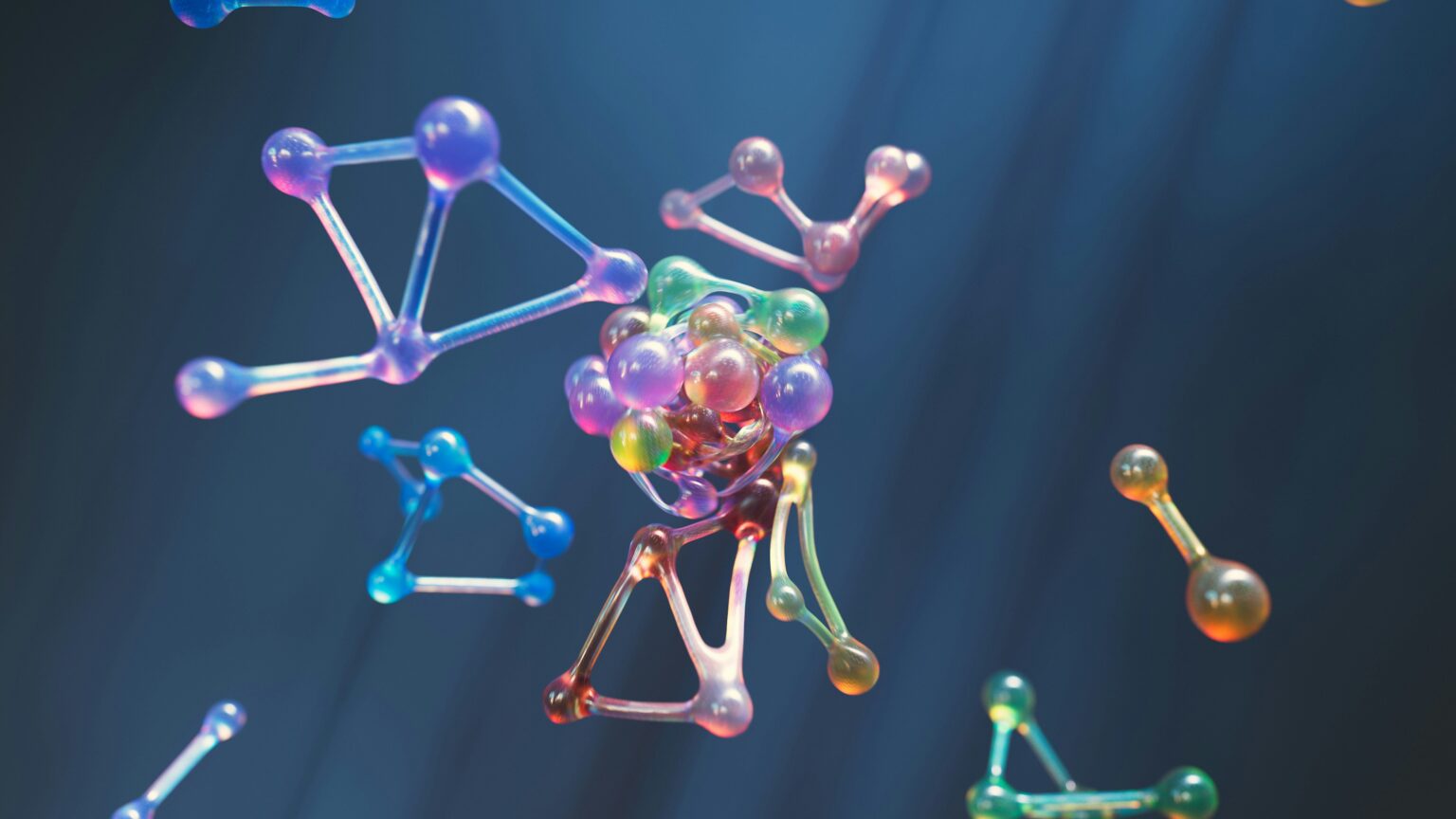Nukleotidy are the unsung heroes of our genetic code. These tiny molecules form the building blocks of DNA, weaving together the intricate tapestry that defines life itself. Without them, we wouldn’t exist as we know it today. But what exactly are nukleotidy? How did they come to be recognized as vital components in genetics? Join us on a journey through the fascinating world of nucleotides and uncover their pivotal role in everything from heredity to biotechnology. It’s time to dive deep into the science behind these essential players and explore how they shape our understanding of biology and evolution!
The Discovery of Nukleotidy and Its Components
The discovery of nukleotidy marked a significant turning point in the field of molecular biology. In the early 20th century, scientists began unraveling the complexities of genetic material. It wasn’t until later that they identified nucleotides as the fundamental building blocks of DNA and RNA.
Nukleotidy consists of three key components: a phosphate group, a sugar molecule, and a nitrogenous base. This unique structure allows them to link together in long chains, forming intricate sequences essential for life.
Pioneering work by researchers like Phoebus Levene helped clarify their roles within nucleic acids. His research laid the groundwork for understanding how these components interact to form stable structures capable of storing genetic information.
As discoveries continued through mid-20th century advancements, such as Watson and Crick’s double helix model, it became clear that nukleotidy are at the core of biological processes governing heredity and evolution.
The Role of Nukleotidy in DNA Replication
Nukleotidy play a crucial role in the intricate process of DNA replication. These essential building blocks ensure that genetic information is accurately copied for cell division.
During replication, enzymes unwind the double helix structure of DNA. This exposes two strands, allowing each to serve as a template. Nukleotidy then pair with complementary bases—adenine with thymine and cytosine with guanine—creating new strands.
DNA polymerase, an enzyme responsible for adding nucleotides, moves along the template strand. It incorporates the correct nukleotidy into the growing chain, ensuring fidelity in copying genetic material.
This remarkable precision prevents mutations from occurring during cell division. Without proper functioning of nukleotidy in this process, cells could inherit incorrect or damaged DNA sequences.
Understanding how nukleotidy contribute to replication offers insights into cellular processes and highlights their importance in maintaining genetic integrity across generations.
Functions of Nukleotidy in Protein Synthesis
Nukleotidy play a pivotal role in protein synthesis, acting as the building blocks of RNA. During transcription, these molecules help convert DNA sequences into messenger RNA (mRNA). This process sets the stage for translating genetic information into functional proteins.
Once mRNA is formed, it travels from the nucleus to ribosomes in the cytoplasm. Here, transfer RNA (tRNA) binds to specific amino acids and matches them with corresponding codons on the mRNA strand. Each tRNA carries a unique nukleotidy sequence that ensures accurate assembly of amino acids.
The cascading effect continues as ribosomal subunits come together around this complex. The nucleotides facilitate interactions between mRNA and tRNA, enabling peptide bonds to form between amino acids. Thus, through their integral connections in both transcription and translation phases, nukleotidy ensure that proteins are synthesized correctly based on genetic instructions.
Applications of Nukleotidy in Biotechnology
Nukleotidy have revolutionized the field of biotechnology, serving as foundational elements in various applications. Their ability to form DNA and RNA sequences allows for innovative techniques in genetic engineering.
One prominent application is gene editing, particularly with CRISPR technology. Here, specific nukleotidy sequences are targeted to modify genes precisely. This has immense potential for treating genetic disorders.
Additionally, they play a crucial role in synthetic biology. Scientists can design custom nucleic acid strands to create new biological systems or enhance existing ones. This opens pathways for developing sustainable biofuels and pharmaceuticals.
Nukleotidy also enable advancements in diagnostics. Techniques like polymerase chain reaction (PCR) rely on their properties to amplify DNA samples rapidly. This makes detecting diseases faster and more accurate.
Furthermore, they are essential in vaccine development. By using nucleic acid-based vaccines, researchers can stimulate immune responses effectively without introducing live pathogens into the body.
Current Research on Nukleotidy and DNA
Current research on nukleotidy is paving the way for groundbreaking discoveries in genetics. Scientists are delving deep into the intricate mechanisms of how these essential building blocks influence cellular functions.
One exciting avenue involves exploring the role of modified nucleotides in gene regulation. These modifications can significantly impact gene expression, opening doors to new therapeutic strategies.
Another focus is understanding how environmental factors affect nucleotides and DNA stability. This research could shed light on mutation rates and their implications for diseases like cancer.
Moreover, advancements in CRISPR technology highlight the importance of precise nucleotide editing. Researchers aim to refine these techniques for more effective genetic engineering applications.
The ongoing studies underscore a growing curiosity about the interplay between nucleotides and evolutionary processes. Each finding enhances our grasp of life’s molecular foundation, with potential impacts across multiple scientific fields.
Conclusion: The Importance of Understanding Nukleotidy in Studying Genetics and Evolution
Understanding nukleotidy is crucial for anyone delving into the realms of genetics and evolution. These building blocks are more than just components of DNA; they are the very foundation upon which life is built. Their role in replication ensures that genetic information is passed down accurately through generations, while their involvement in protein synthesis highlights their importance in cellular function and organismal development.
As researchers continue to explore the depths of nukleotidy’s functions, we gain insights that could revolutionize biotechnology and medicine. Advances in this field can lead to innovative therapies and a deeper understanding of diseases at a molecular level. Furthermore, as we look toward the future, comprehending how these chemical entities drive evolutionary processes offers clues about our past and may illuminate pathways for adaptation.
The study of nukleotidy bridges many scientific disciplines—from molecular biology to bioinformatics—creating an intricate web that connects us all. As scientists unravel more mysteries surrounding these fundamental structures, our grasp on life’s complexities only grows richer. Emphasizing their significance not only enhances academic knowledge but also informs practical applications beneficial to society as a whole. The exploration continues, revealing how much there still is to learn about nucleic acids and their vital contributions to life itself.

















